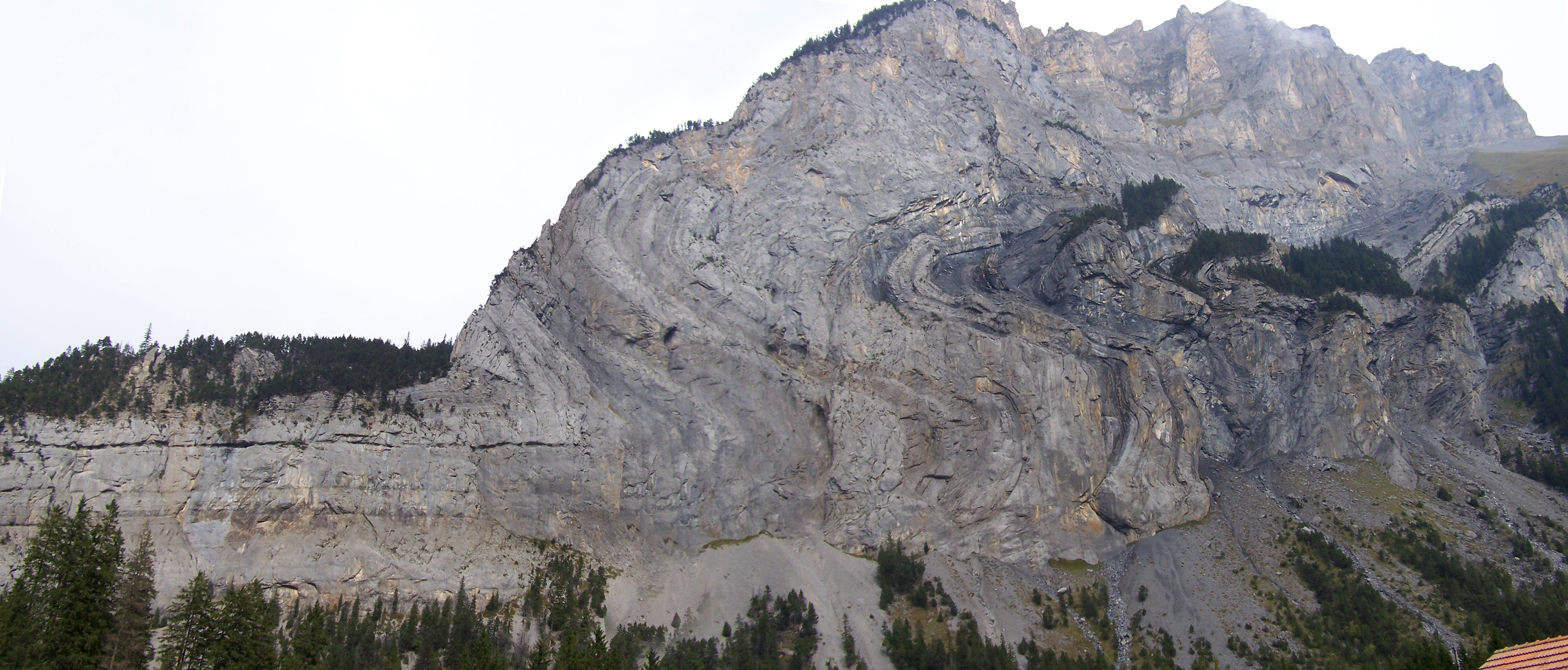|
Diplocidaridae
''Diplocidaridae'' is an extinct family of sea urchins. These slow-moving low-level epifaunal grazer-omnivores lived in the Jurassic The Jurassic ( ) is a Geological period, geologic period and System (stratigraphy), stratigraphic system that spanned from the end of the Triassic Period million years ago (Mya) to the beginning of the Cretaceous Period, approximately 143.1 Mya. ... period, from 161.2 to 150.8 Ma. Generas *'' Diplocidaris'' Desor, 1855 *'' Tetracidaris'' Cotteau, 1872 References Oxfordian first appearances Jurassic extinctions Prehistoric echinoderm families {{paleo-echinoidea-stub ... [...More Info...] [...Related Items...] OR: [Wikipedia] [Google] [Baidu] |
Diplocidaris
''Diplocidaris'' is an extinct genus of sea urchins belonging to the family Diplocidaridae. The type species of this genus is ''Cidaris gigantea'' Agassiz, 1840. These slow-moving low-level epifaunal grazer-omnivores lived in the Jurassic The Jurassic ( ) is a Geological period, geologic period and System (stratigraphy), stratigraphic system that spanned from the end of the Triassic Period million years ago (Mya) to the beginning of the Cretaceous Period, approximately 143.1 Mya. ... period, from 161.2 to 150.8 Ma. Fossils of this genus have been found in the sediments of Europe, North Africa, Madagascar. Species *''Diplocidaris gigantea'' (Agassiz, 1840) *''Diplocidaris besairiei'' Lambert, 1936 *''Diplocidaris jacquemonti'' Lambert, 1910 *''Diplocidaris desori'' Wright, 1858 *''Diplocidaris dumortieri'' Cotteau, 1863 *''Diplocidaris gevreyi'' Lambert in Savin 1902 *''Diplocidaris bernasconii'' Bischof, Hostettler & Menkveld-Gfeller, 2018 References Diplocidaridae P ... [...More Info...] [...Related Items...] OR: [Wikipedia] [Google] [Baidu] |
Galerie De Paléontologie Et D'anatomie Comparée
The Gallery of Paleontology and Comparative Anatomy (in French, ''Galerie de Paléontologie et d'Anatomie comparée'') is a part of the French National Museum of Natural History (''Muséum national d'histoire naturelle'', MNHN). It is situated in the ''Jardin des plantes'' in Paris near the Gare d'Austerlitz. The Gallery of Comparative Anatomy (occupying the ground floor), holds nearly a thousand skeletons and interprets their organization and classification. The Gallery of Paleontology (occupying the first and second floor) presents a famous collection of fossil vertebrates, fossil invertebrates and fossil plants. Among the most appreciated pieces by the public is a series of dinosaur skeleton casts ('' Diplodocus'', ''Iguanodon'', ''Allosaurus'', ''Carnotaurus'', '' Tarbosaurus'', '' Unenlagia'', ''Dromaeosaurus'', ''Bambiraptor'') but also a ''Tyrannosaurus'' skull (cast of specimen AMNH 5027), an authentic skull of ''Triceratops'', an authentic ''Compsognathus'' skeleton, ... [...More Info...] [...Related Items...] OR: [Wikipedia] [Google] [Baidu] |
Sea Urchin
Sea urchins or urchins () are echinoderms in the class (biology), class Echinoidea. About 950 species live on the seabed, inhabiting all oceans and depth zones from the intertidal zone to deep seas of . They typically have a globular body covered by a spine (zoology), spiny protective test (biology), tests (hard shells), typically from across. Sea urchins move slowly, crawling with their tube feet, and sometimes pushing themselves with their spines. They feed primarily on algae but also eat slow-moving or sessility (motility), sessile animals such as crinoids and sponges. Their predators include sharks, sea otters, starfish, wolf eels, and triggerfish. Like all echinoderms, adult sea urchins have pentagonal symmetry with their Echinoderm#Larval development, pluteus larvae featuring Bilateral symmetry, bilateral (mirror) symmetry; The latter indicates that they belong to the Bilateria, along with chordates, arthropods, annelids and molluscs. Sea urchins are found in every ocea ... [...More Info...] [...Related Items...] OR: [Wikipedia] [Google] [Baidu] |
Jurassic
The Jurassic ( ) is a Geological period, geologic period and System (stratigraphy), stratigraphic system that spanned from the end of the Triassic Period million years ago (Mya) to the beginning of the Cretaceous Period, approximately 143.1 Mya. The Jurassic constitutes the second and middle period of the Mesozoic, Mesozoic Era as well as the eighth period of the Phanerozoic, Phanerozoic Eon and is named after the Jura Mountains, where limestone strata from the period were first identified. The start of the Jurassic was marked by the major Triassic–Jurassic extinction event, associated with the eruption of the Central Atlantic magmatic province, Central Atlantic Magmatic Province (CAMP). The beginning of the Toarcian Age started around 183 million years ago and is marked by the Toarcian Oceanic Anoxic Event, a global episode of Anoxic event, oceanic anoxia, ocean acidification, and elevated global temperatures associated with extinctions, likely caused by the eruption of the Kar ... [...More Info...] [...Related Items...] OR: [Wikipedia] [Google] [Baidu] |
Oxfordian First Appearances
{{disambig ...
Oxfordian may refer to: *Oxfordian (stage), a geological time interval in the Jurassic period *Oxfordian theory of Shakespeare authorship, the view that Edward de Vere wrote under Shakespeare's name *A person or thing associated with Oxford or Oxford University The University of Oxford is a collegiate research university in Oxford, England. There is evidence of teaching as early as 1096, making it the oldest university in the English-speaking world and the second-oldest continuously operating u ... [...More Info...] [...Related Items...] OR: [Wikipedia] [Google] [Baidu] |
Jurassic Extinctions
The Jurassic ( ) is a Geological period, geologic period and System (stratigraphy), stratigraphic system that spanned from the end of the Triassic Period million years ago (Mya) to the beginning of the Cretaceous Period, approximately 143.1 Mya. The Jurassic constitutes the second and middle period of the Mesozoic, Mesozoic Era as well as the eighth period of the Phanerozoic, Phanerozoic Eon and is named after the Jura Mountains, where limestone strata from the period were first identified. The start of the Jurassic was marked by the major Triassic–Jurassic extinction event, associated with the eruption of the Central Atlantic magmatic province, Central Atlantic Magmatic Province (CAMP). The beginning of the Toarcian Age started around 183 million years ago and is marked by the Toarcian Oceanic Anoxic Event, a global episode of Anoxic event, oceanic anoxia, ocean acidification, and elevated global temperatures associated with extinctions, likely caused by the eruption of the Kar ... [...More Info...] [...Related Items...] OR: [Wikipedia] [Google] [Baidu] |


